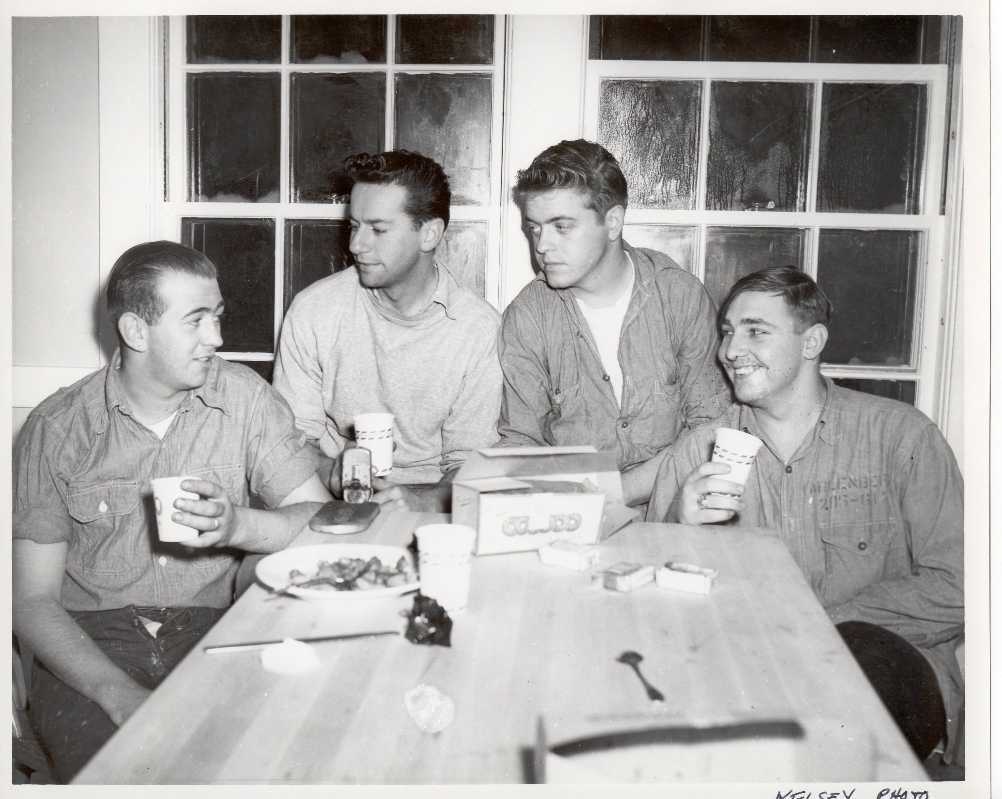The Real Story: Free State of Jones
Posted on June 23, 2016 at 3:34 pm
The new film about group who refused to fight for the Confederacy and established a free community in Civil War-era Mississippi is based on a true story. Matthew McConaughey stars as Newton Knight, a nurse in the Confederate Army who deserted because he did not want to fight for slavery or for wealthy plantation owners. In “Free State of Jones,” co-written and directed by Gary Ross (“The Hunger Games”), Knight is a Robin Hood-like figure, with a swamp taking the place of Sherwood Forest.
There was a Newton Knight and he did lead a rebellion, one of several groups who seceded from the Confederacy as the Confederacy seceded from the United States. The story was filmed in 1948 as “Tap Roots,”with Van Heflin, Susan Hayward, and Boris Karloff (as an Indian).
“Free State of Jones” is based on more recent research that indicates that Knight was opposed to secession and considered his “Jones” state a part of the union. The film’s website has detailed information with citations explaining the historical basis for characters like the real-life Newton Knight and Rachel and characters like Moses who are based on several real-life former slaves. The Smithsonian has a comprehensive article with the history of the story and the film.
Incidents described in a book by Sally Jenkins, including Knight’s rescue of an “apprenticed” black child captured by a plantation owner during the post-Civil War period and his decision to live in an all-black community, are in the film. The film also depicts the 1948 miscegenation trial of one of Knight’s descendents, who, allegedly one-eighth black, had violated the law by marrying a white woman. The real story is not as romantic as the one portrayed in the film, but the film is correct in stating that the ruling against the couple was overturned on appeal on a technicality because the Mississippi court did not want a Constitutional challenge to its laws prohibiting marriage between people of different races. Those laws would remain in place for almost 20 more years, and a film based on that case, Loving v. Virginia, will be released later this year.




